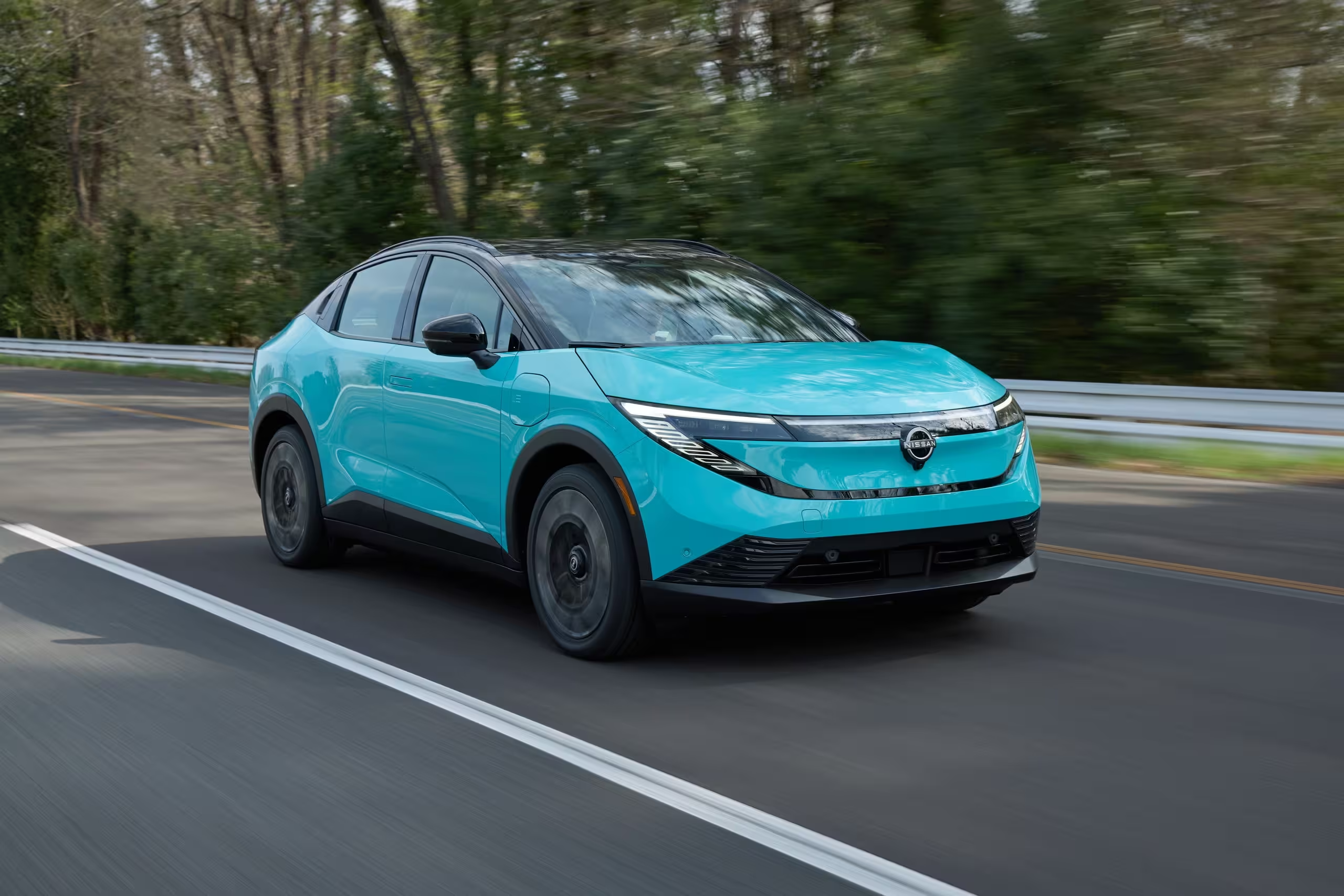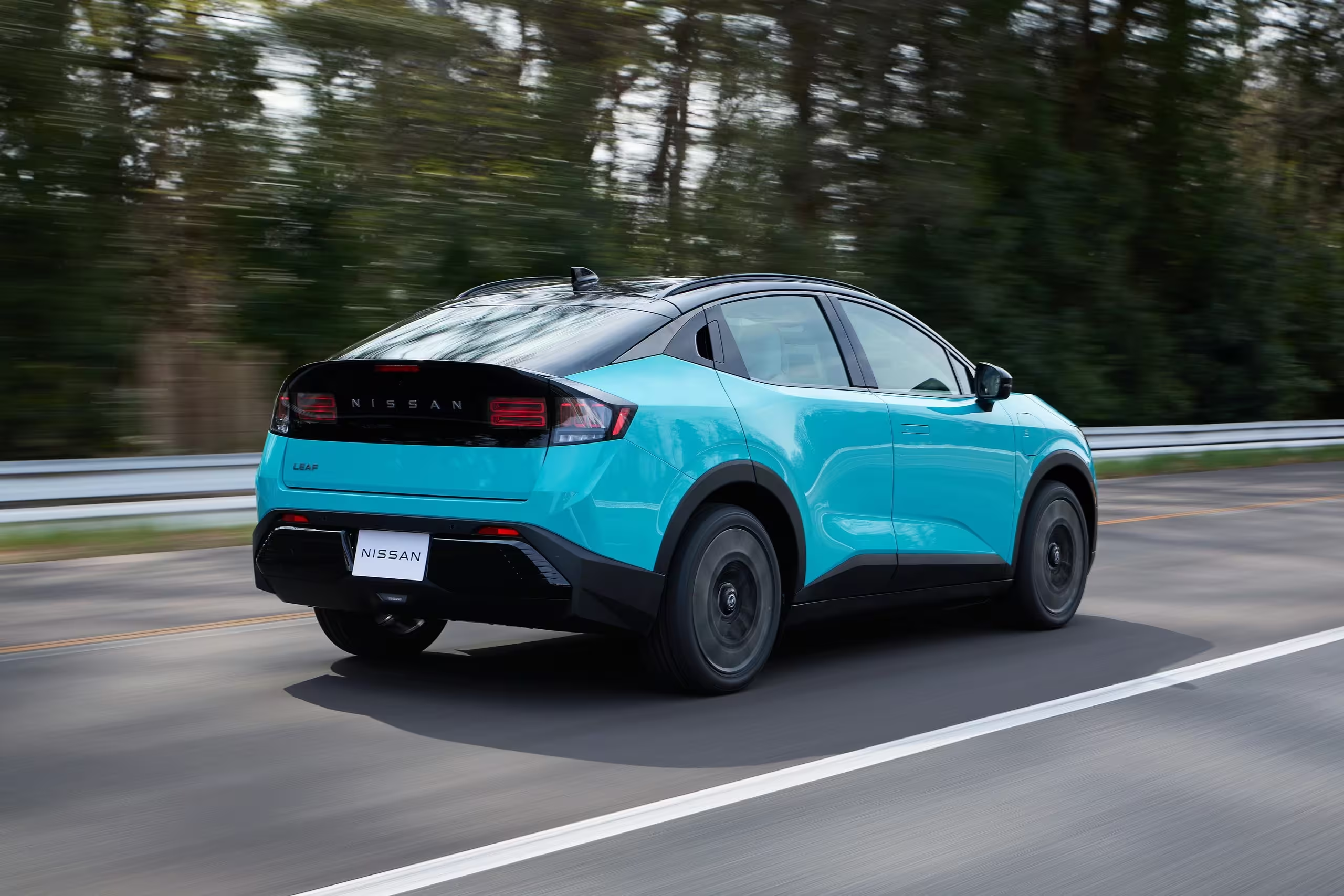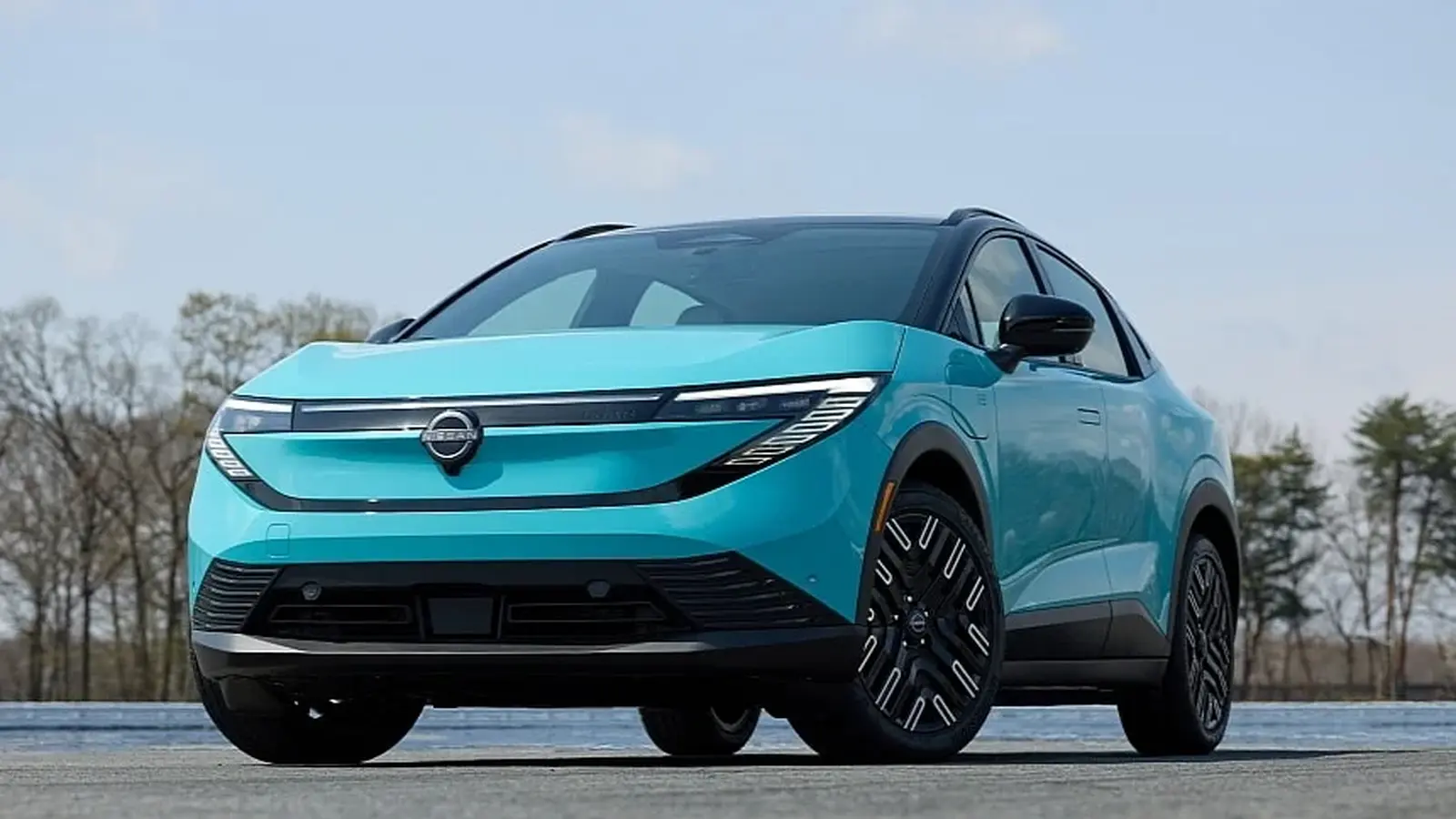6 Minutes
The Leaf Returns — Affordable, Modern and More Capable
Fifteen years after the Nissan Leaf first hit public roads, the electric hatchback remains a defining model in the mass-market EV era. The 2026 Leaf introduces the third generation of Nissan's long-running electric nameplate, retaining the familiar silhouette while upgrading range, technology and user experience. Importantly for budget-conscious buyers, Nissan has published U.S. prices that keep the Leaf’s base offering below the $30,000 psychological threshold — a notable achievement given the wealth of added features.
Pricing and Trim Breakdown
Nissan launched the 2026 Leaf with three confirmed grades and one additional trim planned for later in the generation. The current lineup and U.S. starting MSRPs are:
- S+ — $29,990: The current entry-level model and the only trim priced under $30k. It pairs a 75 kWh lithium-ion battery with a 215-hp AC synchronous electric motor and achieves an EPA-rated range of 303 miles (488 km).
- SV+ — $34,230: The mid-level trim offers more standard equipment and a slightly reduced EPA range of 288 miles (463 km) from the same 75 kWh powertrain. Despite carrying a higher sticker than the S+, it is priced $1,960 lower than last year’s comparable SV Plus while adding features.
- Platinum+ — $38,990: The top trim uses the same drivetrain but is tuned for a lower EPA range of 259 miles (417 km) due to its equipment and options. It commands a nearly $10k premium over the S+ owing to grade-specific luxury and technology additions.
A simpler S trim is planned later in the generation as the true budget Leaf. That model will use a 52 kWh battery and a 174-hp AC synchronous electric motor; Nissan has not released pricing or a launch date for it yet.

Vehicle Specifications at a Glance
- Battery: 75 kWh lithium-ion (S+, SV+, Platinum+); 52 kWh planned for base S
- Electric Motor: 215 hp AC synchronous (S+, SV+, Platinum+); 174 hp planned for S
- Range (EPA): S+ 303 miles / 488 km; SV+ 288 miles / 463 km; Platinum+ 259 miles / 417 km
- Charging: NACS-compatible (North American Charging Standard) allowing access to Tesla Supercharger network
- Infotainment: Built-in Google services; dual displays (12.3-inch for S and S+, 14.3-inch for higher trims)
Powertrain and Charging
The third-gen Leaf’s improved range stems from a redesigned electric powertrain and battery management. The 75 kWh setup in the S+, SV+ and Platinum+ delivers strong efficiency for everyday use and highway cruising. A major practical update is native NACS compatibility, which opens access to Tesla’s extensive Supercharger network — roughly 20,000 stations across North America — a valuable selling point for long-distance EV owners and those prioritizing fast, reliable charging infrastructure.

Design and Interior: Subtle Evolution with Distinctive Cues
Visually, Nissan refined rather than reinvented the Leaf. The car retains key proportions that made it recognizable, but adds contemporary touches: a katana-blade design element inspired by the Nissan Z, a segment-first dimming panoramic roof and motorized flush door handles — a first for Nissan. The aesthetic is modern and aerodynamic, giving the Leaf a premium feel without departing from its compact EV roots.
Cabin and Tech
Inside, the Leaf keeps a familiar Nissan layout but modernizes the user interface. Dual displays are standard — 12.3 inches on the S and S+, and larger 14.3-inch screens on higher trims — with integrated Google services for navigation, voice and connected apps. Redesigned seats free up additional rear knee room, addressing one of the long-standing requests from small-family buyers. Cameras and advanced driver-assist systems provide a comprehensive view of the vehicle surroundings and contribute to safety and convenience.

Performance and Real-World Driving
On paper, the Leaf’s powertrain delivers competent acceleration and predictable handling tailored to daily driving rather than sportscar dynamics. The 215-hp motor balances energy efficiency and spirited responses for highway merges and urban overtakes. EPA-rated ranges (303/288/259 miles depending on trim) place the Leaf competitively within the mainstream EV segment, especially for buyers focused on value rather than maximizing range at any cost.
Market Positioning and Competitors
Nissan positions the 2026 Leaf as an affordable, well-equipped compact EV that appeals to value-conscious buyers, fleet operators and those switching from internal-combustion small cars. Keeping the S+ start price below $30k is strategic: it undercuts many rivals that have shifted upward in price while offering modern tech and charging compatibility that older Leafs didn’t have.
Compared with the original 2010 Leaf — which started around $32,780 — the third-gen 2026 model offers more range, far superior infotainment and the connectivity buyers expect today, all while starting at a lower MSRP. Against newer rivals like compact crossovers and subcompact EVs from European and Korean brands, the Leaf competes by offering proven Nissan durability, a roomy cabin for its class and now broader charging access through NACS.
Options, Upgrades and Realistic Pricing
Many desirable features are tied to higher trim levels or available as options. Adding packages and accessories can push the effective price of an S+ above $30k, but buyers can still configure a very capable Leaf without stepping into the most expensive trims. For shoppers mindful of incentives and tax credits, the Leaf’s lower base price improves total cost-of-ownership calculations.
Conclusion: The 2026 Leaf Is a Smart, Affordable EV Choice
The third-generation Nissan Leaf blends affordability, practicality and updated EV technology in a package aimed at mainstream buyers. With NACS charging compatibility, competitive range figures and a refreshed interior, the 2026 Leaf keeps the nameplate relevant while preserving its long-held appeal as one of the most accessible electric vehicles on the market. For shoppers wanting proven design, modern connectivity and value, the Leaf remains a compelling contender.
Source: autoevolution


Leave a Comment